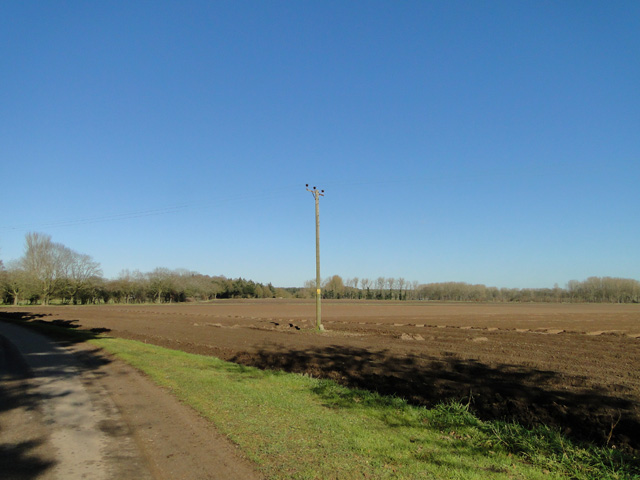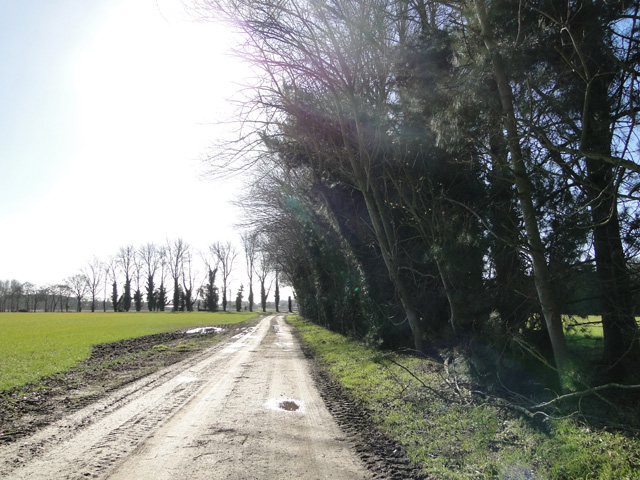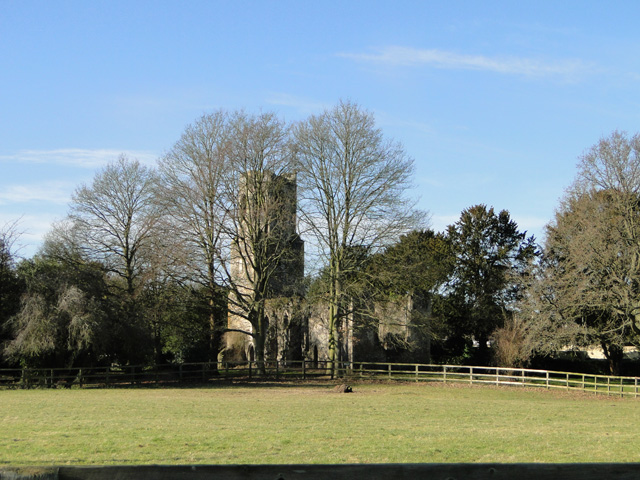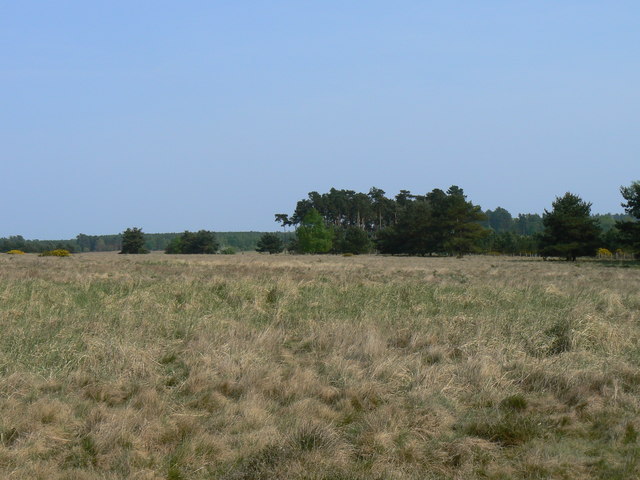Merton Strip
Wood, Forest in Norfolk Breckland
England
Merton Strip
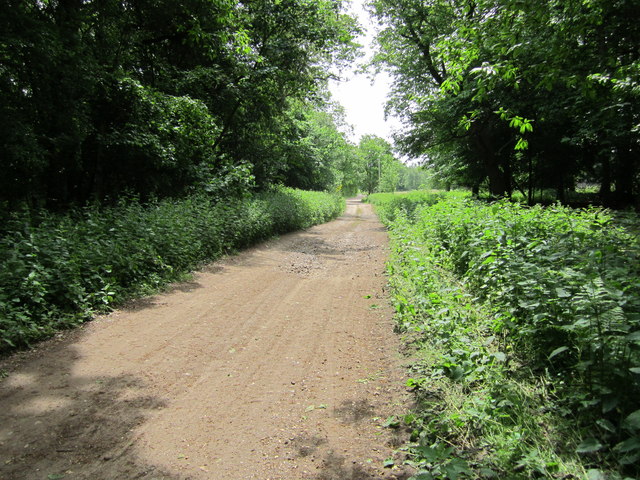
Merton Strip is a picturesque area located in Norfolk, England, renowned for its beautiful woodlands and captivating forests. Nestled amidst the tranquil countryside, this idyllic destination offers visitors a chance to immerse themselves in the natural splendor of the region.
The woodlands of Merton Strip are characterized by a diverse array of trees, including oak, beech, and birch, which create a stunning tapestry of colors throughout the seasons. The forest floor is adorned with a rich carpet of wildflowers, offering a charming backdrop for leisurely strolls or nature walks. The area is also home to a variety of wildlife, including deer, foxes, and numerous bird species, providing ample opportunities for wildlife enthusiasts and birdwatchers.
For outdoor enthusiasts, Merton Strip offers a network of well-maintained walking trails and paths that wind through the woodlands, allowing visitors to explore the area at their own pace. These trails cater to a range of abilities, from leisurely family walks to more challenging hikes for the experienced adventurer. Along these routes, visitors can discover hidden gems such as babbling brooks and peaceful ponds, enhancing the overall serenity of the area.
Merton Strip is a popular destination for nature lovers and those seeking a peaceful retreat away from the hustle and bustle of city life. With its enchanting woodlands, thriving wildlife, and well-maintained trails, this Norfolk gem offers a truly immersive and rejuvenating experience for all who visit.
If you have any feedback on the listing, please let us know in the comments section below.
Merton Strip Images
Images are sourced within 2km of 52.503134/0.79758052 or Grid Reference TL8993. Thanks to Geograph Open Source API. All images are credited.
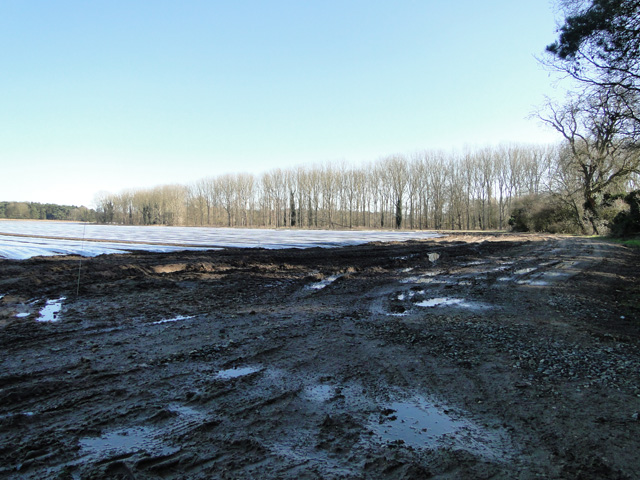
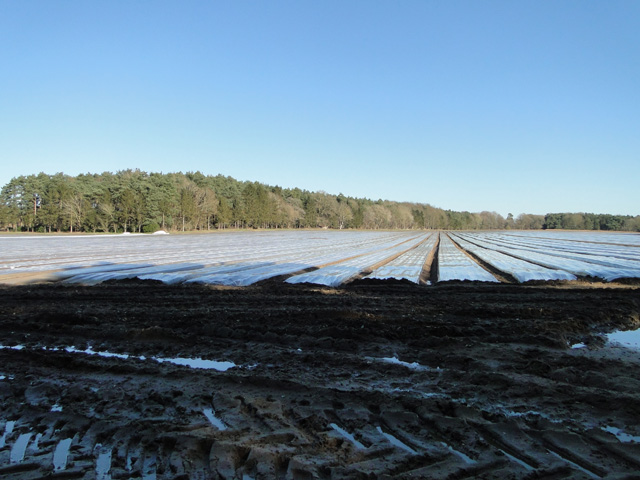
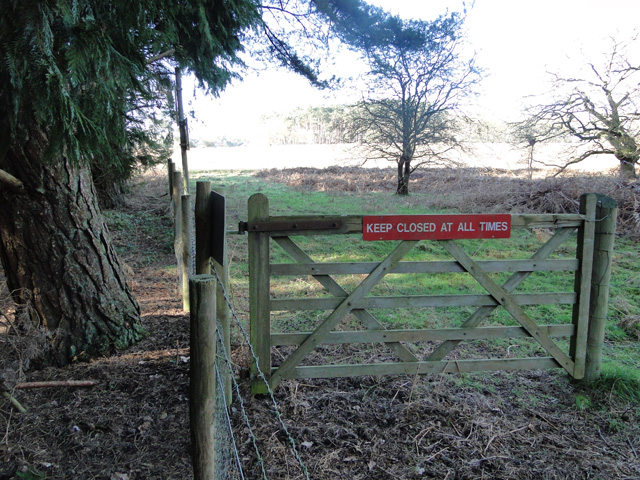
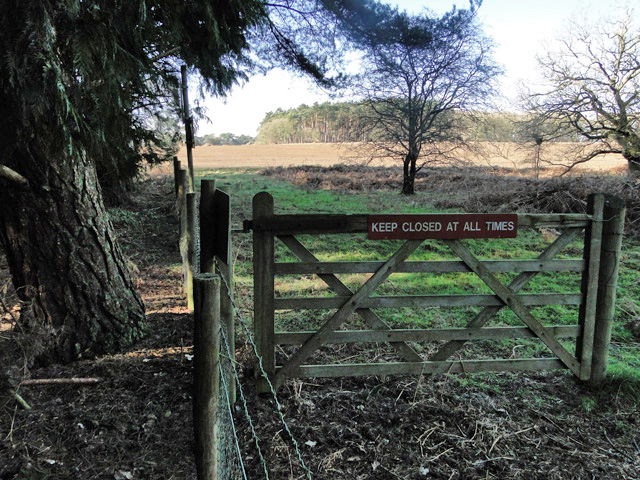
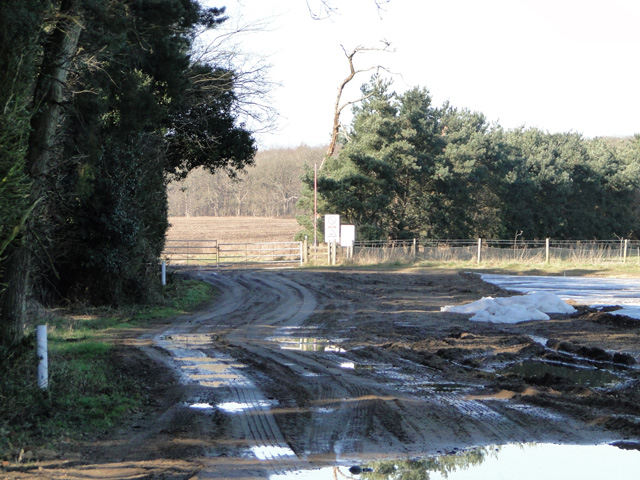
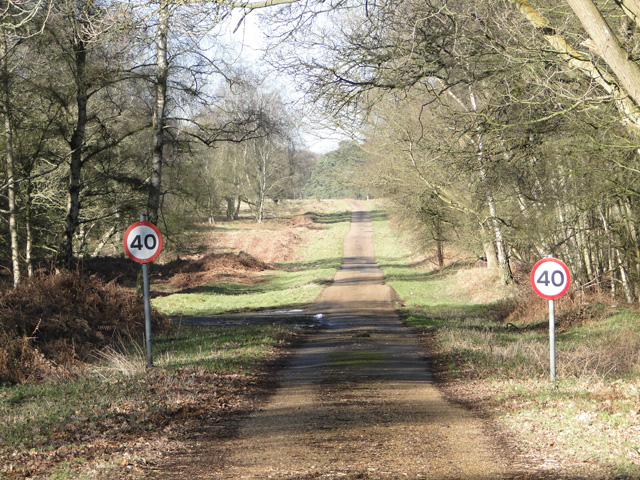



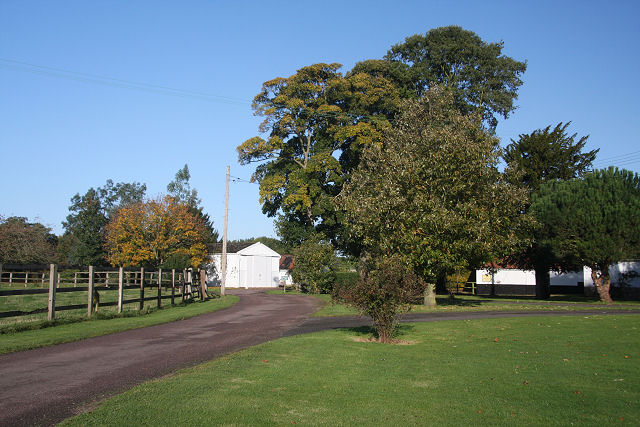
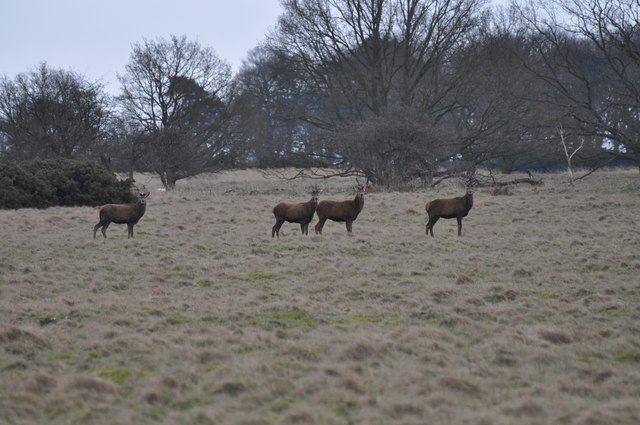
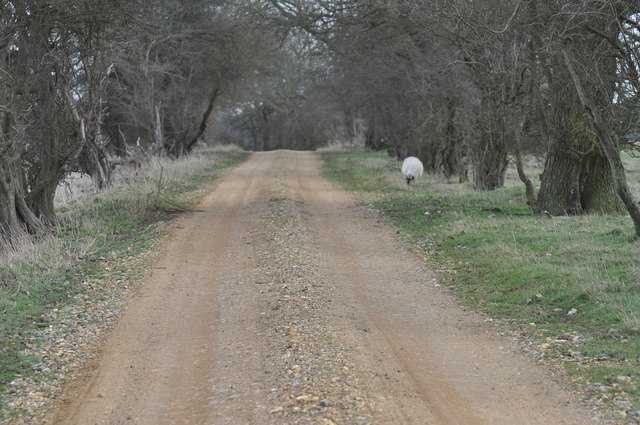
Merton Strip is located at Grid Ref: TL8993 (Lat: 52.503134, Lng: 0.79758052)
Administrative County: Norfolk
District: Breckland
Police Authority: Norfolk
What 3 Words
///clock.relations.climate. Near Watton, Norfolk
Related Wikis
Wretham Park Meres
Wretham Park Meres is a 30-hectare (74-acre) biological Site of Special Scientific Interest north of Thetford in Norfolk.This site consists of four natural...
Sturston, Norfolk
Sturston is a deserted village and civil parish in the English county of Norfolk. It is situated some 7+1⁄2 miles (12 km) north of the town of Thetford...
Breckland
Breckland in Norfolk and Suffolk is a 39,433 hectare Special Protection Area (SPA) under the European Union Directive on the Conservation of Wild Birds...
Tottington, Norfolk
Tottington is a deserted village and civil parish in the English county of Norfolk. It is situated some 6.2 miles (10.0 km) north of the town of Thetford...
Great Eastern Pingo Trail
Great Eastern Pingo Trail is a 9.2 kilometres (5.7 miles) long footpath along a disused railway line north of Thetford in Norfolk. It is a 4.2-hectare...
Wretham
Wretham is a civil parish in the Breckland district of Norfolk, England. The parish includes the village of East Wretham, which is about 6 miles (10 km...
Stanford Training Area SSSI
Stanford Training Area SSSI is part of the British Army Stanford Training Area. It is a 4,678-hectare (11,560-acre) biological and geological Site of Special...
Thompson Water, Carr and Common
Thompson Water, Carr and Common is a 154.7-hectare (382-acre) biological Site of Special Scientific Interest north of Thetford in Norfolk. Most of it is...
Have you been to Merton Strip?
Leave your review of Merton Strip below (or comments, questions and feedback).
